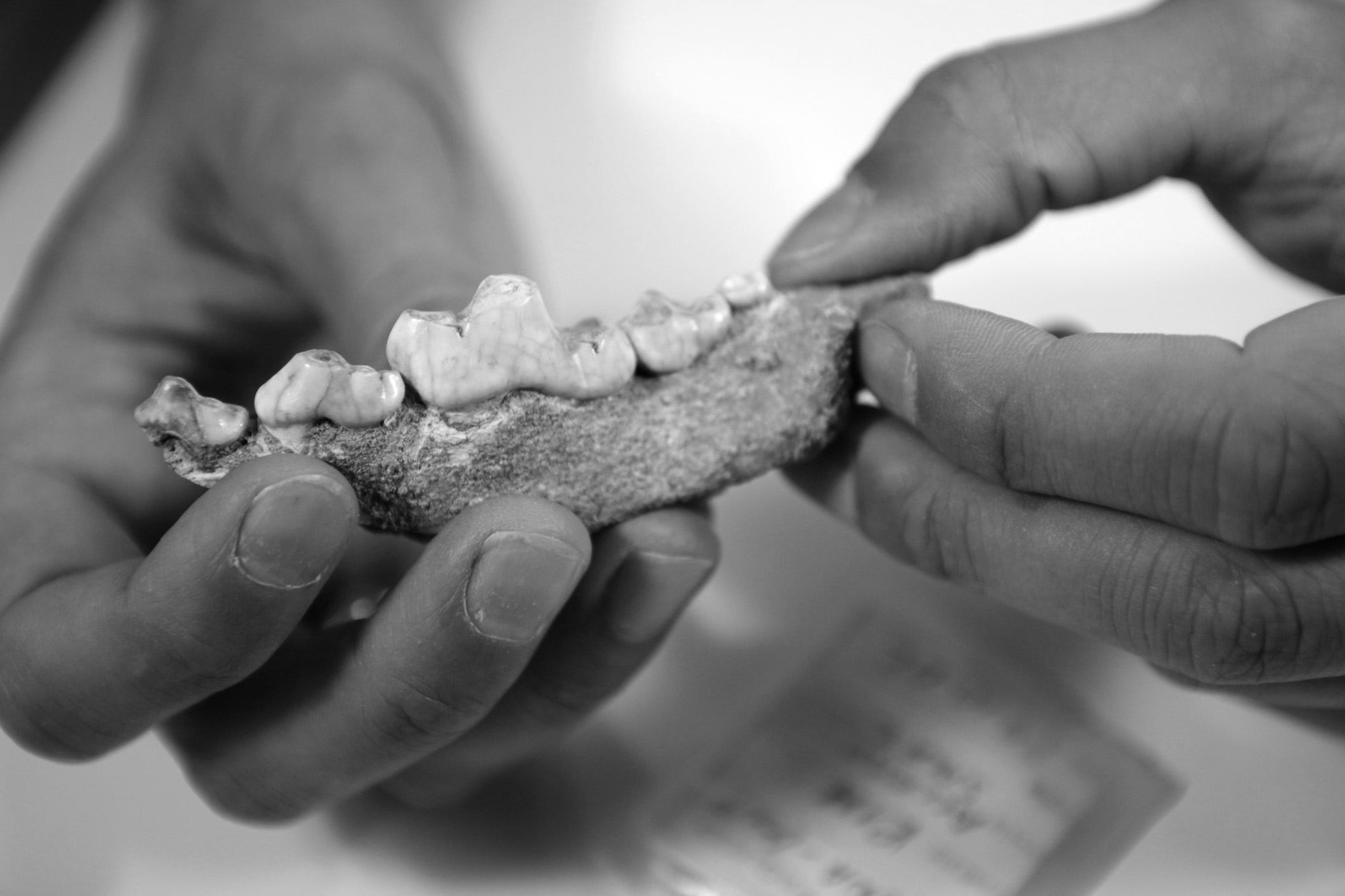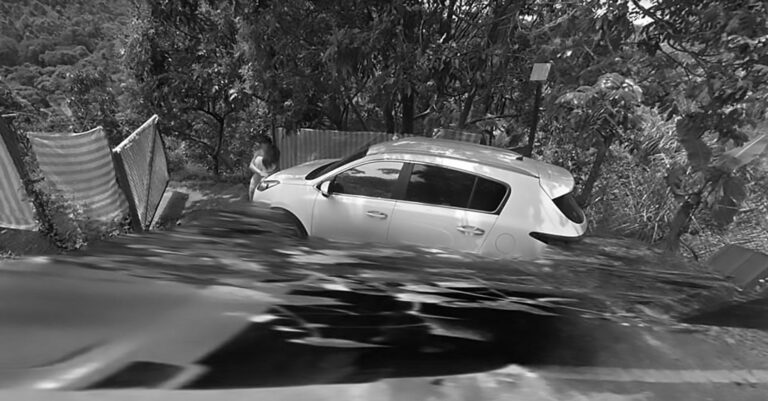Researchers from the University of Siena in Italy have discovered the remains of what could be the oldest pet dog ever found.
The archaeological remains may be up to 20,000 years old and could reveal key information on the evolution of canines from wolf to dog, the Prehistory and Anthropology Research Unit from Siena University’s Department of Physical Sciences, Earth and Environment told Real Press.
According to the widely accepted theory, domesticated dogs initially evolved from wolves that had transformed from predators to scavengers to ensure their survival, attaching themselves to human settlements to find enough food.
But what role wolves and since dogs actually played in the lives of our ancestors is a question the research team from Siena University hopes it will be able to shed new light on.

The remains were found in two Palaeolithic caves in the Apulia region in southern Italy. The Paglicci Cave and the Romanelli Cave near the town of Castro have also been inhabited by humans starting from between 30,000 and 40,000 years ago, which indicates that dogs lived side by side with humans in the caves.
The age of the dog remains found have been determined to a range of between 14,000 and 20,000 years old, the high end of which would add another 4,000 years to the known history of the domesticated dog.
“From an archaeological point of view, the oldest remains of domesticated dogs were found in Central Europe and date back 16,000 years. In the Mediterranean area we have now established that domesticated dogs lived here 14,000 years ago for sure, but possibly even 20,000 years ago,” said Dr Francesco Boschin, coordinator of the Prehistory and Anthropology Research Unit’s work in an interview with Real Press.
In either case, “the remains found at Apulia represent the to date oldest specimens discovered in the Mediterranean area and could also represent the until now missing evidence of the evolutionary process that led to the dog, the very first domesticated animal,” Dr Boschin said.

Remains of wolves were also discovered in the caves. They were bigger than the dogs and had distinct molars designed to tear meat apart that dogs do not have. Molecular analysis has indicated that the genetic separation of wolves and dogs started somewhere between 20,000 and 30,000 years ago, and according to Dr Boschin, the domestication process itself may have played a key part in that process.
“We believe that in the first stage of the domestication process it is always like that – domesticated animals are always smaller than wild ones. This is true for all mammals. In the case of dogs, we consider them to be pets, and this is the first evidence: Their smaller size,” he said.
Scholars and scientists agree that the domestication of the dog dates back to the Last Glacial Maximum, a period of strong environmental crisis during which many European animal populations – and humans – sought refuge in warmer regions, such as the peninsulas of southern Europe, such as Italy, Iberia and the Balkans.
“In this period of serious crisis, the wolf, a social predator in some way similar to man, found a new way to ensure survival: taking advantage of a new niche, eating the leftover’s from human settlements,” Dr Boschin explained.
This change in animal behaviour would have favoured a closer relationship between humans and wolves, and it is not unlikely that humans indeed helped the gradual development from wolf to dog actively along
Killing the most aggressive wolves for safety reasons while letting the less threatening ones live would have accelerated the domestication process, Dr Boschin said.
The genetic profile from one of the dogs discovered in the Paglicci Cave closely resembles the genetic profile of similar remains found in Bonn-Oberkassel in Germany. Both of these findings could be dated to about 14,000 years ago.

This, Dr Boschin said, shows that the specimens found about 1,000 kilometres apart may both have originated from a common older and genetically distinct population, and then spread to various parts of Europe.
“At that time our continent was characterised by a strong cultural fragmentation, but the discovery of two genetically related dogs, one in southern Italy and the other in Germany, suggests that, despite cultural differences, the dogs may have represented a common cultural feature among human groups.”
The research could lead to a better understanding of the role dogs played in Palaeolithic communities, something we still know next to nothing about. Dogs may have had a specific function in the hunting or in the defence of camps. They may also have served a more spiritual purpose, as dogs still do today in some tribal cultures, where they are considered reincarnations of the dead or earthly manifestations of spirits.
The research team is still analysing the findings and hope to eventually be able to provide more answers to this and other questions about the early co-existence of man and his best friend, Dr Boschin said.
To find out more about the author, editor or agency that supplied this story – please click below.
Story By: Carlos Davalos, Sub-Editor: Joseph Golder, Agency: Real Press
The Ananova page is created by and dedicated to professional, independent freelance journalists. It is a place for us to showcase our work. When our news is sold to our media partners, we will include the link here.




